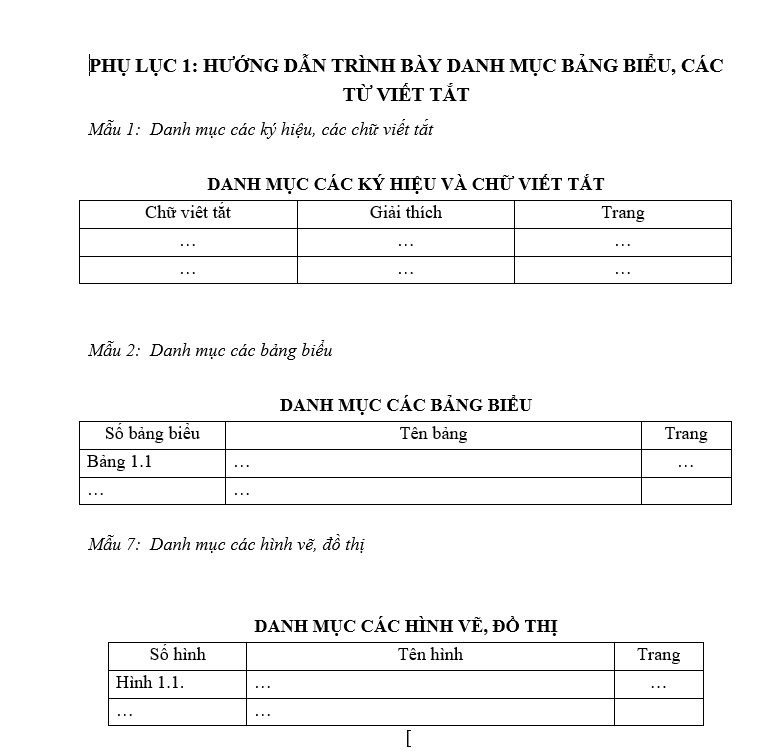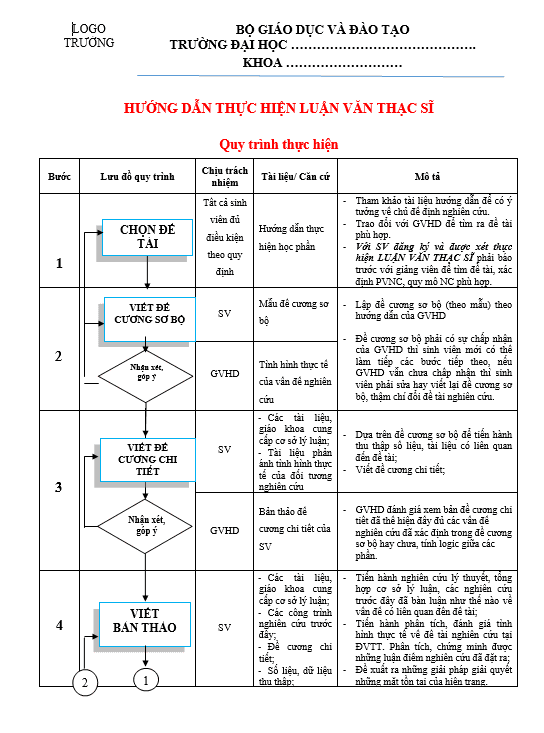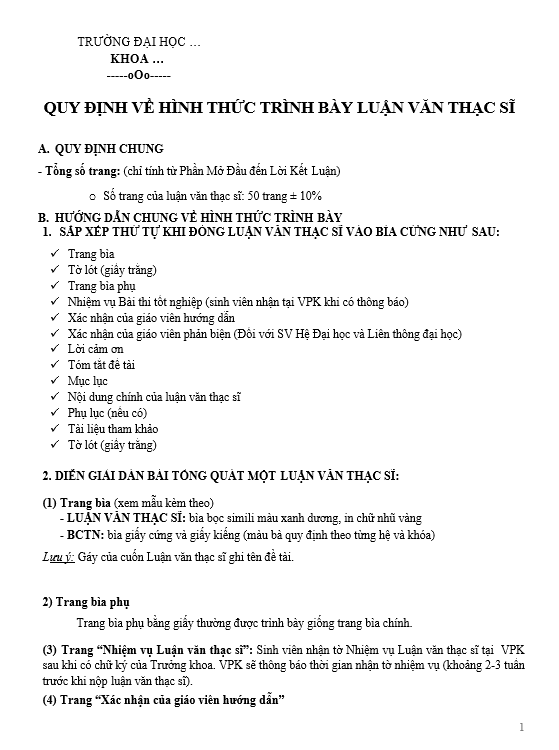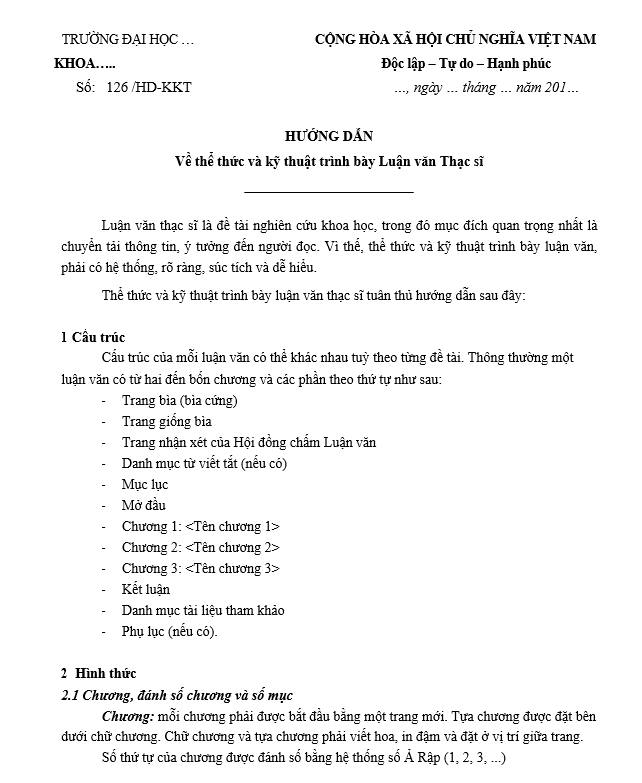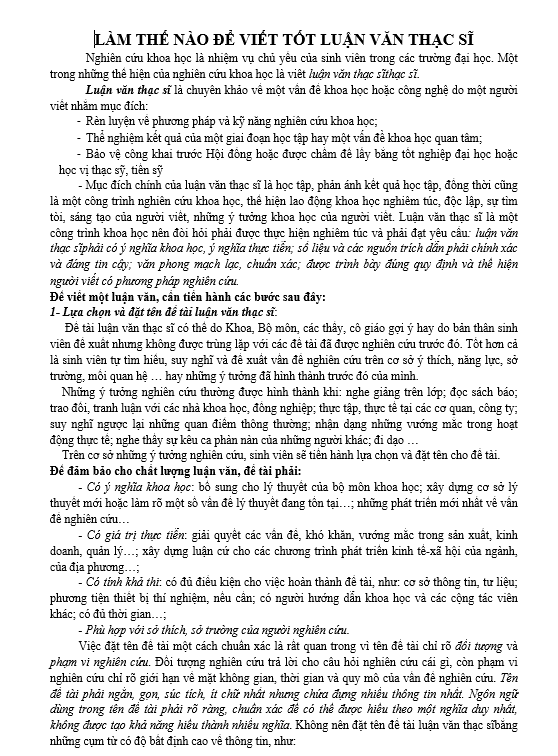List of Content
1 Introduction……………………………………………………………………………………………………13
1.1 Aim of this study…………………………………………………………………………………………13
1.2 Approach of the study…………………………………………………………………………………15
1.3 Content of the study……………………………………………………………………………………16
2 Present Situation in South East Asia……………………………………………………………….18
2.1 General Country Information Lao PDR…………………………………………………………18
2.1.1 The Country…………………………………………………………………………………………..18
2.1.1.1 Geography…………………………………………………………………………………………19
2.1.1.2 Climate……………………………………………………………………………………………..19
2.1.1.3 The Laotian Economy…………………………………………………………………………19
2.1.1.4 The Laotian Rural Society……………………………………………………………………20
2.1.2 Relevant Organisations…………………………………………………………………………..21
2.1.3 Power Policy and Legislation…………………………………………………………………..22
2.1.4 Energy Status in Lao PDR………………………………………………………………………23
2.1.4.1 Total Energy Consumption…………………………………………………………………..24
2.1.4.2 Cost Structure of Gasoline and Diesel…………………………………………………..25
2.1.4.3 Typical Householde Expenditure for Cooking…………………………………………26
2.1.5 Electricity Generation……………………………………………………………………………..27
2.1.5.1 Electricity Generation by Sources…………………………………………………………27
2.1.5.2 Electricity Generation, Consumption, Import and Export…………………………..28
2.1.5.3 Electrical Energy Consumption by Consumer Categories and Provinces……29
2.1.5.4 Electrical Energy Demand Forcast 2004-13……………………………………………33
2.1.6 Rural Electrification………………………………………………………………………………..34
2.1.6.1 Current Rural Electrification Systems…………………………………………………….34
2.1.6.2 Targets and Costs for Rural Electrification……………………………………………..36
2.1.6.3 Off-Grid Rural Electrification Procedure…………………………………………………37
2.1.6.4 Safety and Operational Awareness……………………………………………………….38
2.1.6.5 Barriers experienced of the Mini and Macro Hydro and Diesels Projects……38
2.1.6.6 Summary…………………………………………………………………………………………..39
2.1.7 Electricity Tariffs and Price Structure………………………………………………………..40
2.1.7.1 Electricity Tariffs on-grid………………………………………………………………………40
2.1.7.2 Electricity Tarifs off-grid (PV, Hydro, Gen-set and car batteries systems)…..41
2.1.7.3 Export and Import Tariffs……………………………………………………………………..44
2.1.8 Transmission Line and Substation Facilities………………………………………………45
2.1.8.1 Transmission Lines…………………………………………………………………………….45
2.1.9 Feed-in Conditions…………………………………………………………………………………48
2.1.10 Financing and funding possibilities for RE projects……………………………………..48
2.1.10.1 Off-grid promotion fund…………………………………………………………………..48
2.1.10.2 Poverty Reduction Fund………………………………………………………………….49
2.1.10.3 SNV Biogas Programme…………………………………………………………………50
2.1.10.4 Credit Facilities………………………………………………………………………………50
2.1.11 Power Sector Investment………………………………………………………………………..51
2.1.11.1 Power Sector Investment Plan…………………………………………………………51
2.1.11.2 Off-grid Investment according the PDP 2004-13………………………………..54
2.1.12 Summary………………………………………………………………………………………………54
3 Present Situation in Thailand…………………………………………………………………………..61
3.1 General Country information……………………………………………………………………….61
3.2 Relevant institutes and Contacts for Energy Matters…………………………………….62
3.3 Legislation in the Energy Sector………………………………………………………………….67
3.3.1 Laws and Regulation………………………………………………………………………………67
3.3.2 Small Power Producer Programmes…………………………………………………………71
3.3.2.1 Small Power Producer Programme……………………………………………………….71
3.3.2.2 Very Small Power Producer Programme………………………………………………..72
3.3.2.3 Renewable Portfolio Standard………………………………………………………………72
3.3.3 Incentives for Renewable Energies…………………………………………………………..72
3.3.3.1 Fiscal Incentives…………………………………………………………………………………73
3.3.3.2 Clean-Development-Mechanism…………………………………………………………..73
3.3.3.3 COGEN/EC-ASEAN Cooperation…………………………………………………………74
3.3.3.4 Biomass-One-Stop-Clearing-House (BOSCH)………………………………………..75
3.3.4 Licenses, Concessions and Project Approval Cycle……………………………………75
3.3.4.1 Power Purchase Scheme…………………………………………………………………….75
3.3.4.2 General Administration and Approval Procedures in the Energy Sector…….76
3.3.4.3 Process for Grid Connection to EGAT (IPP and SPP)……………………………..77
3.3.4.4 Process for Grid Access to PEA and MEA (VSPP)………………………………….78
3.3.4.5 Direct Sale to Industry, Construction, Operation and Permits……………………78
3.3.5 Action Plan for the Development of Renewable Power in Thailand……………….79
3.3.6 Land Accessibility…………………………………………………………………………………..81
3.4 Energy Status in the Kingdom of Thailand……………………………………………………82
3.4.1 Electricity Generation and Consumption……………………………………………………85
3.4.2 Energy Consumption by Consumer Types…………………………………………………92
3.4.3 Energy Consumption Outlook………………………………………………………………….93
3.4.4 Rural Energy Demands…………………………………………………………………………..94
3.4.4.1 Residential uses…………………………………………………………………………………94
3.4.4.2 Productive uses………………………………………………………………………………….95
3.5 Electricity Tariffs…………………………………………………………………………………………98
3.5.1 Electricity Tariffs on-grid………………………………………………………………………….98
3.5.2 Electricity Tariffs off-grid………………………………………………………………………….98
3.5.3 Feed-in Conditions…………………………………………………………………………………99
3.5.3.1 Present Situation………………………………………………………………………………..99
3.5.3.2 Feed-in conditions targeted with the Action Plan for the Development of
Renewable Power in Thailand………………………………………………………………………100
3.5.4 General……………………………………………………………………………………………….101
3.5.5 Renewable Energy for Power Generation………………………………………………..102
3.6 Financing and Funding Possibilities for RE projects…………………………………..103
4 Solar Energy specific Data in Lao PDR…………………………………………………………..104
4.1 PV Solar Application in Laos……………………………………………………………………..104
4.1.1.1 TRI’s solar PV demonstration projects (1997-2001)………………………………105
4.1.1.2 MIH-JICA solar PV pilot projects (1998-2001)……………………………………….107
4.1.1.3 MIH/World Bank Rent-to-buy projects (1999-2004)……………………………….108
4.1.1.4 Sunlabob-InWent’s pilot projects on Renting PV systems (since 2003)…….111
4.1.1.5 Sunlabob Solar PV systems (2002-present)…………………………………………112
4.1.1.6 Summary of available PV Solar Technologies………………………………………114
4.1.2 MIH-WB vs Sunlabob……………………………………………………………………………115
4.1.3 Meteorological Solar Irradiation Data………………………………………………………116
4.1.4 Educational Demand for Operators and Applicants of the Technology…………118
4.1.5 Overall PV Solar Condition in Lao PDR…………………………………………………..120
4.1.6 Policy review……………………………………………………………………………………….123
4.1.7 PV Solar……………………………………………………………………………………………..123
4.1.8 Biomass………………………………………………………………………………………………124
4.1.9 Comparison of private sector extension models……………………………………….124
4.1.10 Summary and Conclusions……………………………………………………………………127
5 Solar Energy Specific Data in Thailand………………………………………………………….130
5.1.1 Research and Development, Pilot Projects and Studies…………………………….130
5.1.2 PV Applications in Thailand……………………………………………………………………131
5.1.2.1 Solar Home Systems…………………………………………………………………………132
5.1.2.2 EGAT Projects………………………………………………………………………………….135
5.1.2.3 Tesco Lotus System………………………………………………………………………….135
5.1.2.4 Military applications…………………………………………………………………………..135
5.1.2.5 Others……………………………………………………………………………………………..135
5.1.3 Meteorological solar irradiation data……………………………………………………….137
5.1.4 Available Technologies…………………………………………………………………………141
5.1.4.1 Thai grid connected system description……………………………………………….141
5.1.4.2 Thai solar home system description…………………………………………………….141
5.1.5 Educational Demand for Operators and Applicants of the Technology…………142
6 SWOT Analysis……………………………………………………………………………………………..144
6.1 PV Solar Systems………………………………………………………………………………………144
6.1.1 PV Based energy Generation Possibilites………………………………………………..144
6.1.2 SWOT Analysis……………………………………………………………………………………147
6.1.3 SWOT Matrix……………………………………………………………………………………….150
6.2 PV Solar……………………………………………………………………………………………………150
6.3 Biomass……………………………………………………………………………………………………153
6.3.1 Biomass to Energy……………………………………………………………………………….154
6.3.2 Biogas Application in Laos…………………………………………………………………….154
6.4 Legislation………………………………………………………………………………………………..155
7 Strategies for the implementation of Solar and Biomass Energy…………………….156
7.1 Suitable Technologies……………………………………………………………………………….157
7.1.1 PV………………………………………………………………………………………………………157
7.1.2 Biomass………………………………………………………………………………………………158
7.2 Energy Plants – Cultivation and Harvesting………………………………………………..159
7.3 Calculation of Profitability………………………………………………………………………….160
7.3.1 PV Solar Calculation of Profitability for South East Asia…………………………….160
7.3.2 Affordability Price for SHS and BCS……………………………………………………….162
7.3.3 Biomass………………………………………………………………………………………………165
7.4 Location Requirements……………………………………………………………………………..165
7.4.1 Special location requirements for PV Solar Systems…………………………………165
7.4.2 Biomass………………………………………………………………………………………………165
7.5 Urban Energy Supply…………………………………………………………………………………170
7.5.1 PV Concepts for Urban Areas………………………………………………………………..170
7.5.2 Biomass Concepts for Urban Areas………………………………………………………..172
7.6 Energy Supply in Lao off-grid Areas…………………………………………………………..173
7.6.1 PV off-grid Concepts…………………………………………………………………………….173
7.6.1.1 Comparisom of the Main applies Systems MIH-WB and Sunlabob………….173
7.6.1.2 Future of photovoltaic electricity in Laos………………………………………………176
7.6.2 Biomass Off-grid Concepts……………………………………………………………………179
7.7 Development of Suitable Financing Procedures………………………………………….185
7.7.1 Recommendations for the Improvement of rural electrification programmes…185
7.7.1.1 Proposed new delivery scheme: Rent-to-buy by ESCO………………………….185
7.7.2 Micro-financing…………………………………………………………………………………….188
7.8 Necessary Policy Adjustments…………………………………………………………………..189
8 General Conclusions…………………………………………………………………………………….192
8.1 Conclusions for Solar Energy projects……………………………………………………….193
8.2 Recommendation for renewable energy supply concepts in South East Asia –
General recommendations………………………………………………………………………………..196
9 General Summary…………………………………………………………………………………………200
10 References………………………………………………………………………………………………..201








